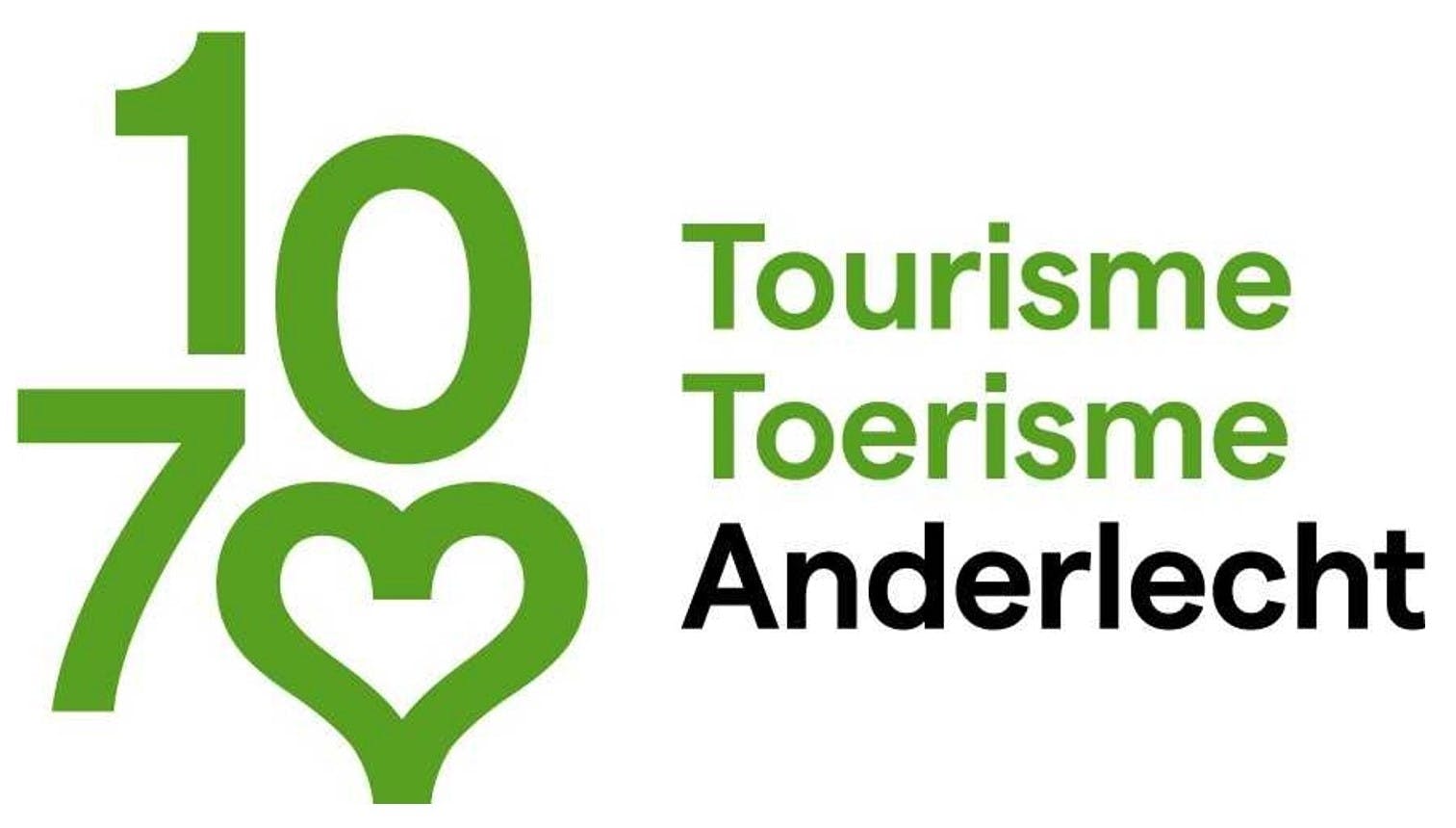Le style Art nouveau est le plus souvent associé à la construction d’habitations
bourgeoises, aux décors fastueux réservés à une élite. Mais savez-vous qu’à
Bruxelles, certains architectes ont choi
L'architecte Dewin à l'honneur à Anderlecht
01april 2023
-31december 2023
Cantillon Brewery
Cantillon Brewery, Rue Gheudestraat 56, Anderlecht, Brussels-Capital 1070, Belgium
Description
********** Français **********
ART NOUVEAU BRUSSELS 2023
2023 sera l’année de l'Art Nouveau à Bruxelles : dans ce cadre, une programmation Art nouveau exceptionnelle vous sera proposée par divers acteurs culturels de la Région.
Art Nouveau Brussels 2023 propose une programmation multidisciplinaire qui met en valeur la richesse du patrimoine architectural de la capitale et l'impact de l'Art nouveau sur de nombreux autres domaines artistiques.
L'ambition ? Être tout sauf classique, aborder ce courant artistique avec un regard neuf et ouvrir des perspectives plus contemporaines.
Expositions d'envergure, ouvertures de conférences et débats passionnants : attendez-vous à de nombreux temps forts et à des découvertes inédites !
Afin de mettre dignement en valeur ce style artistique internationalement connu, la Commune d'Anderlecht s'associe à l'évènement régional afin de célébrer un architecte bruxellois et maître dans l'Art nouveau géométrique : Jean-Baptiste Dewin et vous inviter à découvrir le patrimoine laissé par ce courant artistique dans notre commune.
Pour retrouver toutes les informations sur cette programmation, surfez sur notre site ou consultez la page Facebook (Tourism Anderlecht) du Service du Tourisme.
********** Nederlands **********
ART NOUVEAU BRUSSELS 2023
2023 wordt het jaar van de Art Nouveau in Brussel: in dat kader zal een uitzonderlijk Art Nouveau-programma worden aangeboden door verschillende culturele actoren van het Gewest.
Art Nouveau Brussels 2023 biedt een multidisciplinair programma dat het rijke architecturale erfgoed van de hoofdstad en de impact van de Art Nouveau op tal van andere artistieke domeinen belicht.
De ambitie? Allesbehalve klassiek zijn, deze kunststroming met een frisse blik benaderen en meer eigentijdse perspectieven openen.
Grote tentoonstellingen, openingen van nieuwe Art Nouveau locaties, uitzonderlijke boeiende debatten: u mag veel rondleidingen, conferenties en hoogtepunten en weergaloze ontdekkingen verwachten!
Om deze internationaal bekende kunststijl onder de aandacht te brengen, sluit de gemeente Anderlecht zich aan bij het gewestelijke evenement om een Brusselse architect en meester in de geometrische Art Nouveau te huldigen: Jean-Baptiste Dewin en nodigt u uit om het erfgoed dat deze artistieke stroming in onze gemeente heeft nagelaten te ontdekken.
Alle informatie over dit programma vindt u op onze website of op de Facebookpagina (Tourism Anderlecht) van de Dienst Toerisme.
Date info
00:00:00
